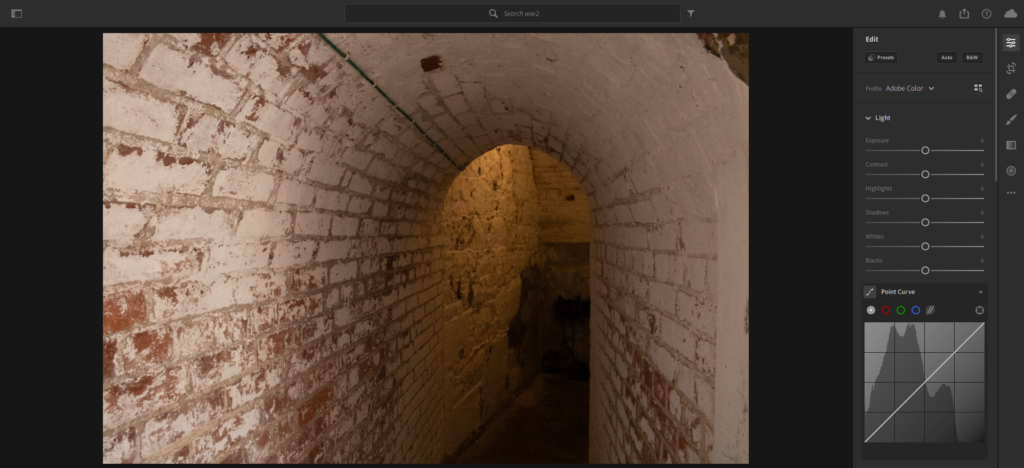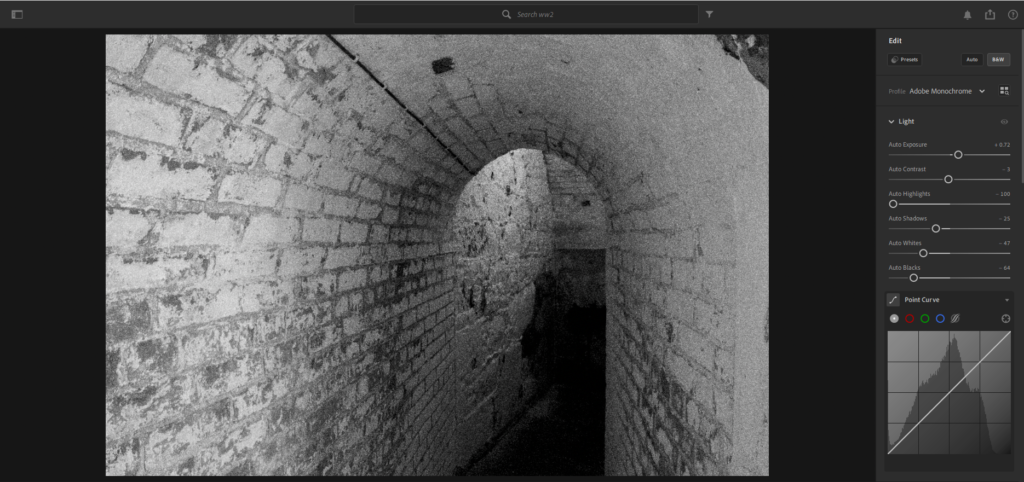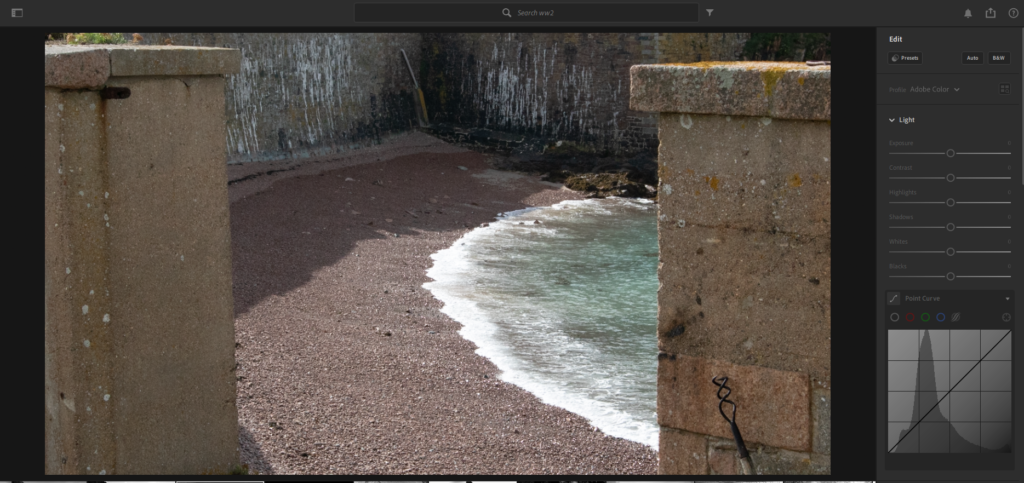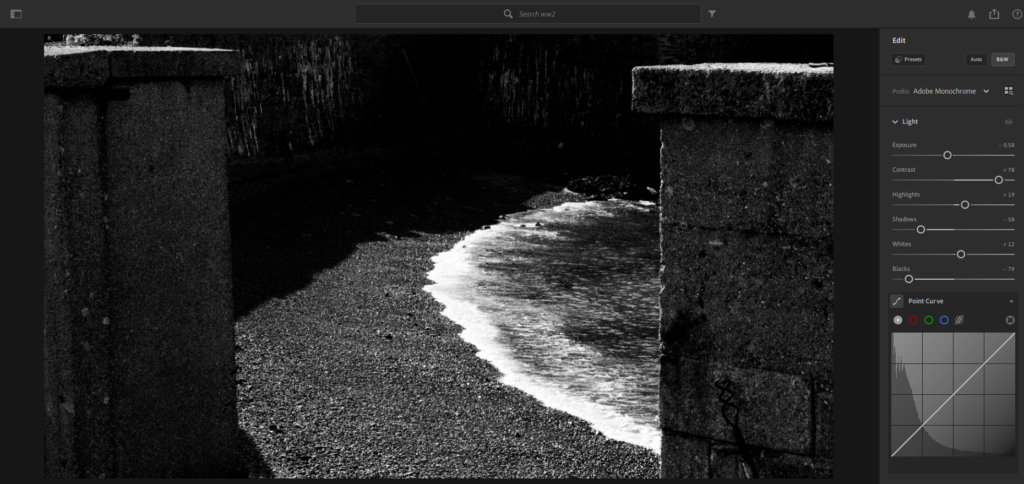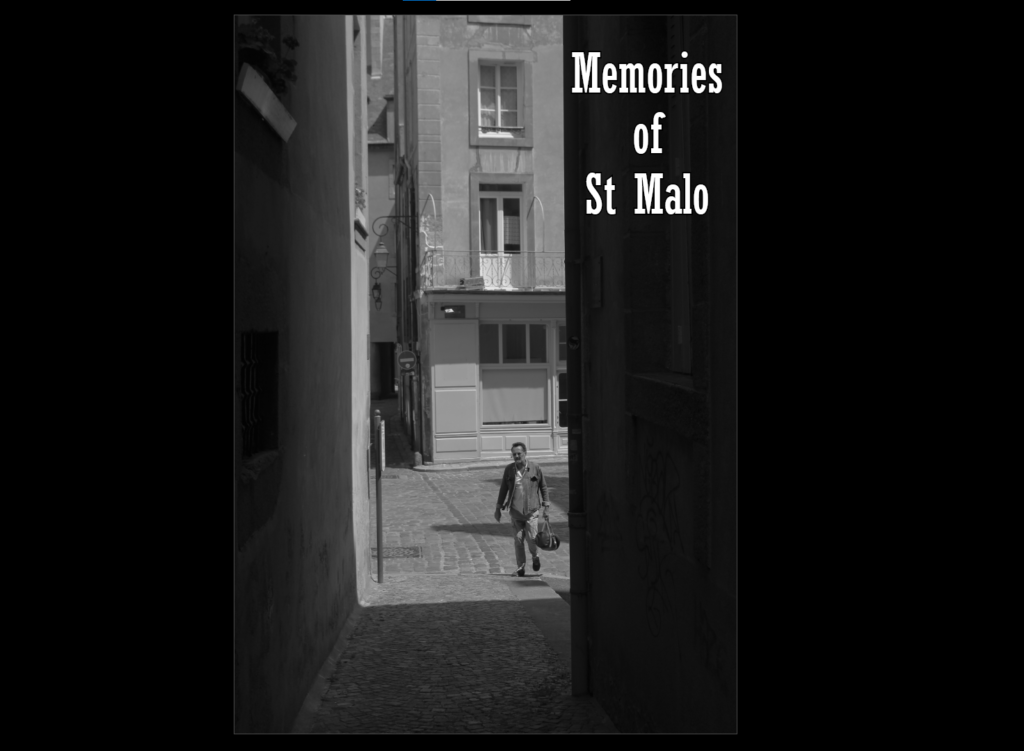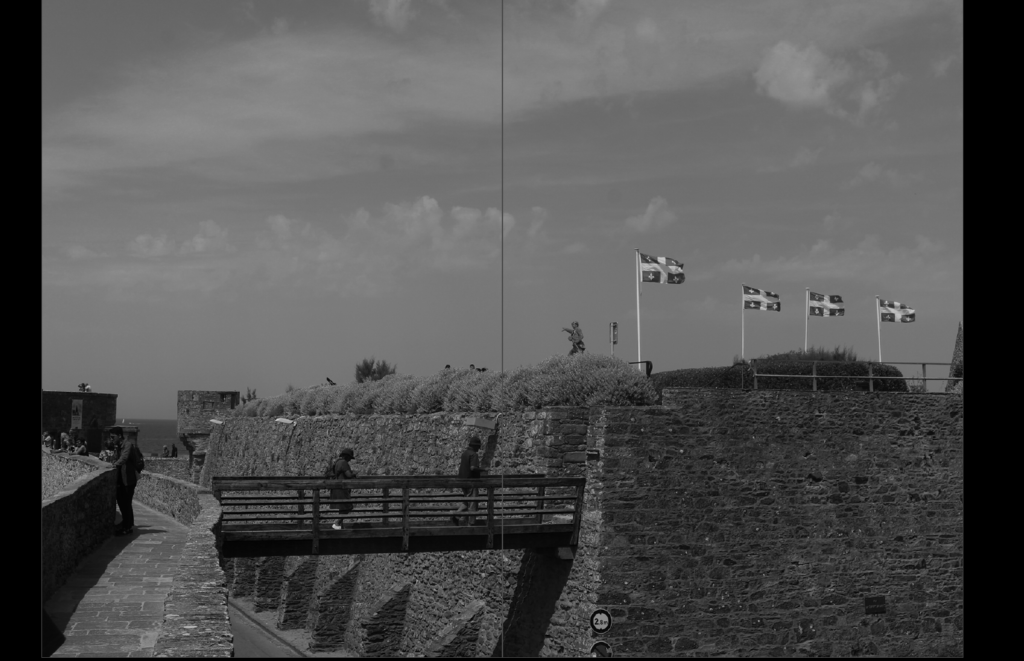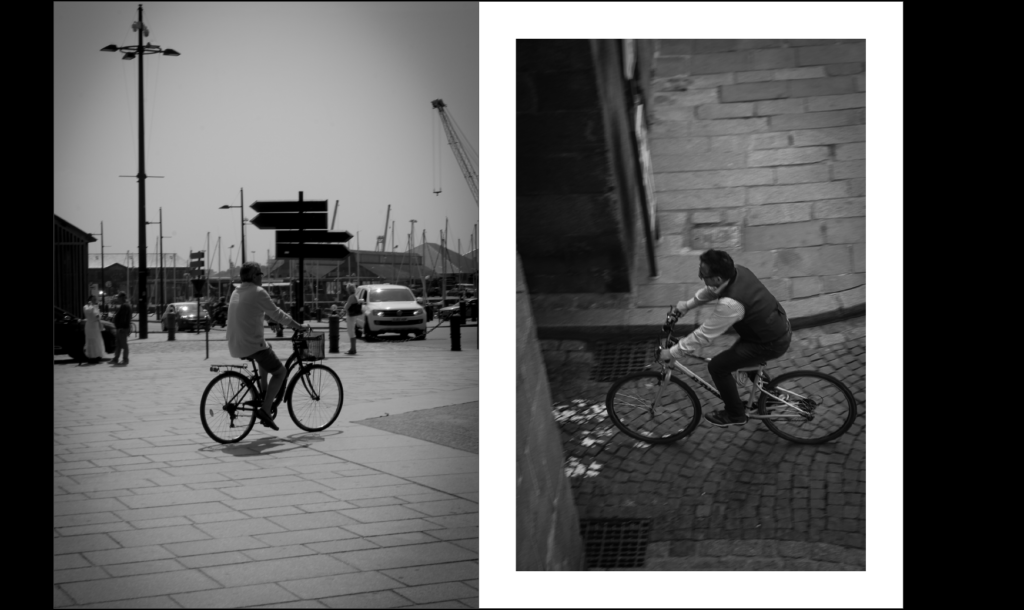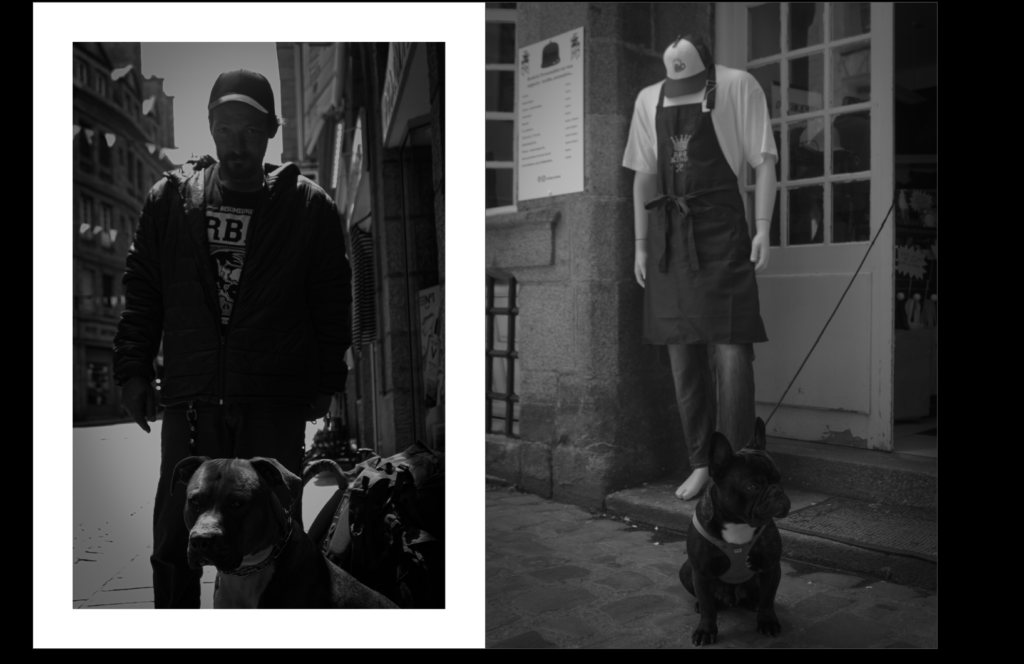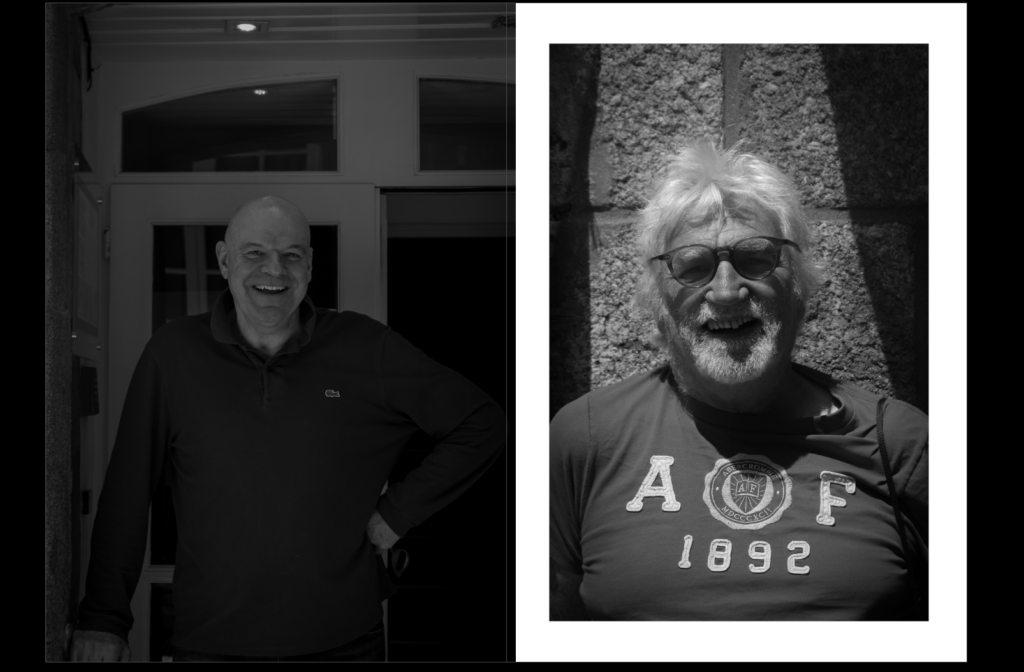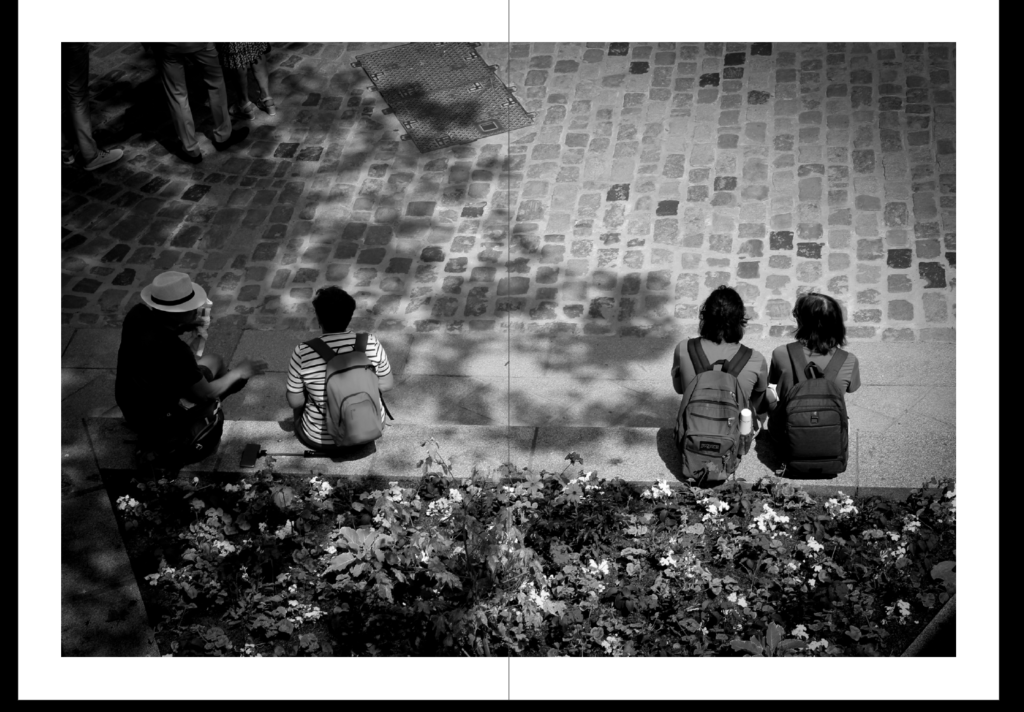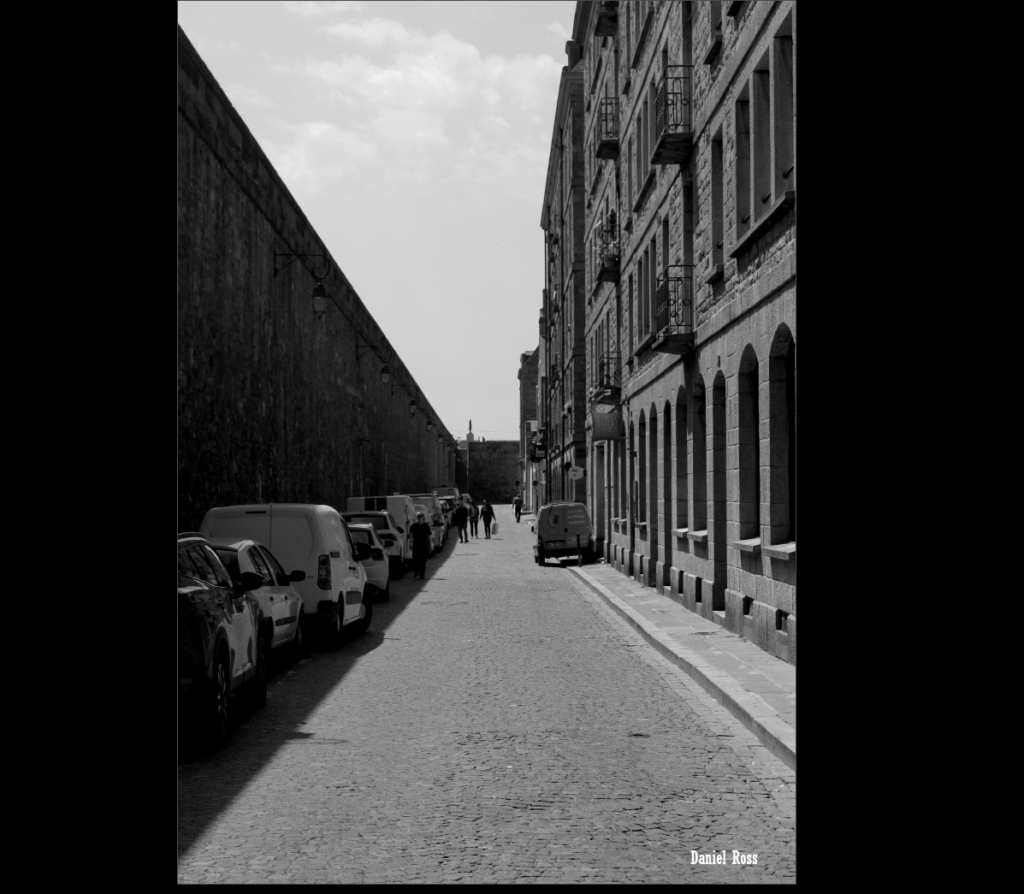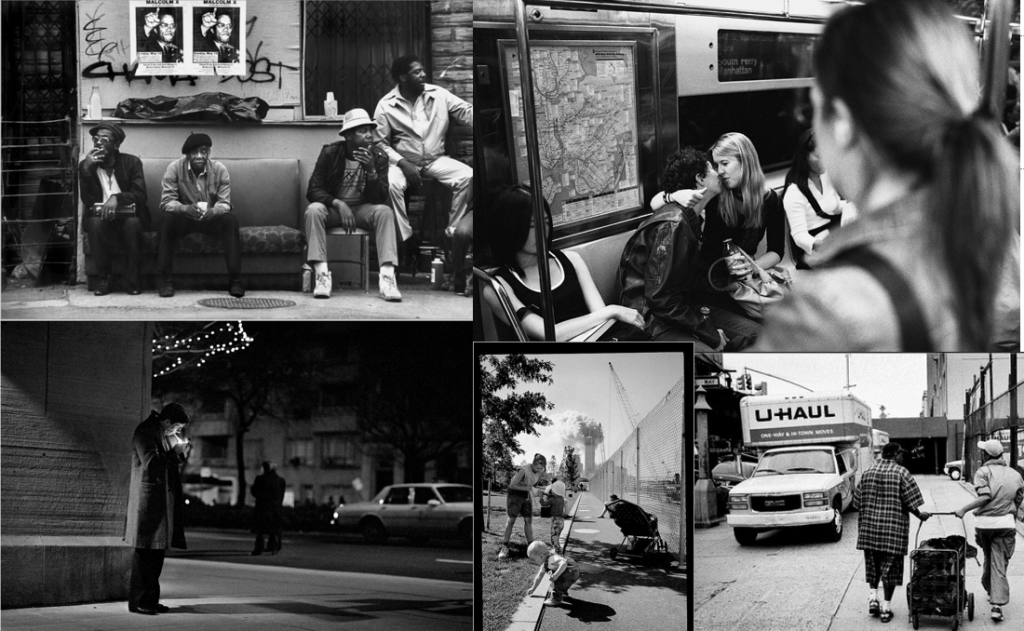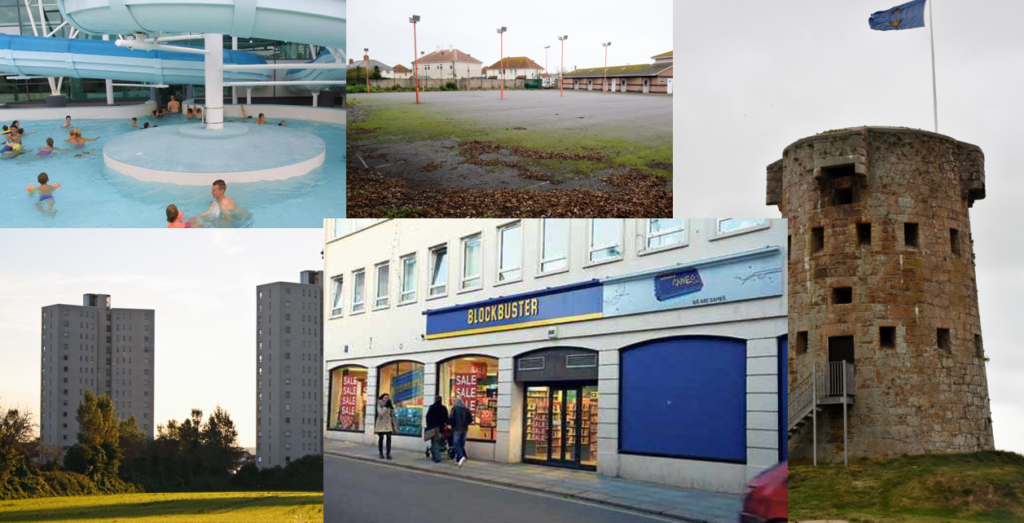Over the course of this project iv used my own views to help inspire my images and to truly understand my images i believe its best to explain my views
As a man, I’ve often thought about the concept of masculinity and how it affects me and other men. According to social constructionist theory, gender is a social construct that is created and reinforced by society. This means that the way we think about masculinity and femininity is not innate, but rather something that is learned through socialization.
One of the most harmful aspects of masculinity is the idea of the “tough guy” stereotype. This stereotype suggests that men should be strong, unemotional, and aggressive. This can lead to men feeling like they can’t express their emotions or seek help when they need it. It can also lead to men feeling like they need to be violent or aggressive in order to be seen as “manly.”
Hegemonic masculinity theory suggests that there is a dominant form of masculinity that is seen as the ideal in our society. This ideal is often associated with power, dominance, and control. Men who don’t conform to this ideal may be seen as weak or effeminate. This can be particularly harmful for men who don’t fit into traditional gender roles, such as gay or transgender men.
Intersectionality theory suggests that masculinity is not the only factor that affects men’s experiences. Other factors, such as race, class, and sexuality, also play a role in shaping men’s experiences. For example, black men may face different expectations around masculinity than white men.
In conclusion, the concept of masculinity is complex and hard to narrow down. While some aspects of masculinity can be positive, such as strength and resilience, other aspects can be harmful, such as the “tough guy” stereotype. It’s important to recognize that everyone is different, and there’s no one “right” way to be a man. Men should be allowed to express their emotions and seek help when they need it, just like anyone else. It’s also important to recognize that masculinity can mean different things to different people.
